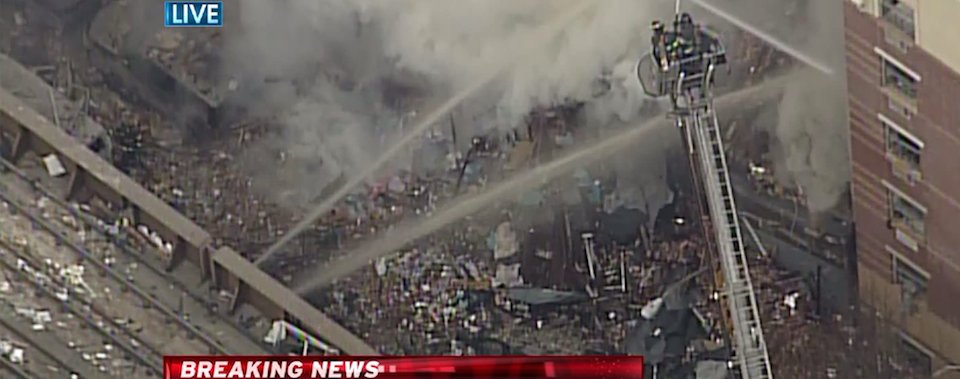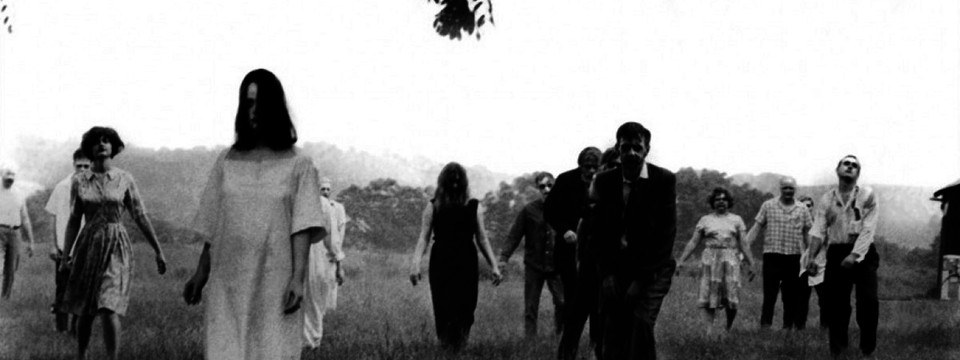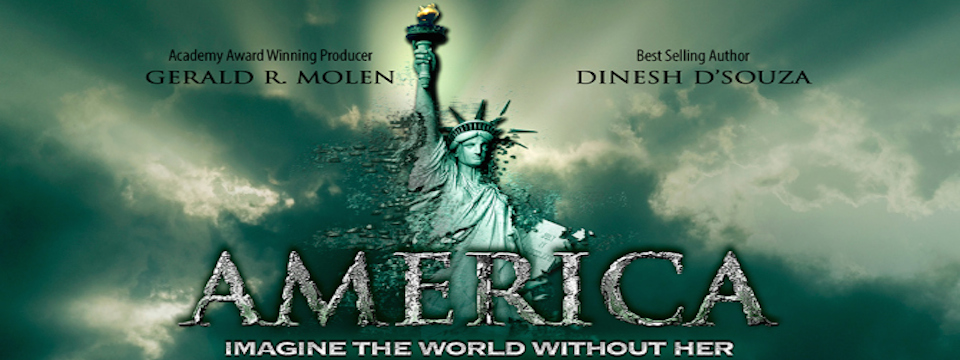 Maurice A. Storck endured and survived the Japanese attack on Pearl Harbor, December 7th, 1941.
Maurice A. Storck endured and survived the Japanese attack on Pearl Harbor, December 7th, 1941.
Maurice is not just a survivor – he’s a thriver who, amazingly, still serves his country today.
Recently, while preparing to attend the dedication of the new World War II Memorial in Phoenix, I had the honor and pleasure of interviewing Mr. Storck.
I thought I was going to write up a post for Pearl Harbor Day, a great opportunity to tell a few stories about the heroism of my parents’ generation: how they faced down fascism from all sides, how they prevailed to preserve Freedom for the generations that followed.
But after interviewing Mr. Storck, I found myself awe-struck into silence. What Abraham Lincoln said at Gettysburg applies equally well here:
The brave men, living and dead, who struggled here, have consecrated it, far above our poor power to add or detract. The world will little note, nor long remember what we say here, but it can never forget what they did here.
Therefore, I will let the interview speak for itself – except to say, thank God for men and women like Maurice A. Storck!
[Begin Interview]
ME: Welcome Maurice, and thank you for your service to our country. Maurice, what are you up to these days?
Well, I work 40 to 60 hours a week volunteering at the VA for the past 6 years plus. I handle the stamp and coin program for the whole USA, sending out stamps, coins, Sports Cards to shut-in and disabled veterans for rehabilitation. I’ve got over 47,000 hours volunteer work there. It might be the most volunteer hours anybody’s got in the United States.[laughter]. [Note: Maurice heads up the Veterans National Stamp and Coin Club at the VA in Tucson]
ME: When did you start doing that and why?
Well, I’ve been in the stamp and coin business all my life, and I retired April 1st 1970, and I travelled in a motorhome with my wife for ten years around the country; then after that, well I had to have something to do so I contacted the VA. I’ve recovered 100% medically, so it was natural for me to do it, actually.
ME: Did you retire from the military then?
No, after I got wounded in the Philippines, I spent a year and 5 days back here in the hospital – for five years I wore a jacket with steel braces up my back. I was discharged in 1946. I was a 30-year man the day I went in – there was no 20 years back in those days. I went in there in 1936, when I was 14 years old.
ME: Why did you enlist in the Army when you were 14?
My father was in the Mexican Border Campaign with Pershing in 1914, in World War I, he was in the five major battles over there, and after that he was a recruiting sergeant in the Army. I was always military more or less inclined.
ME: Was there any particular reason why you picked the Army?
Well, I picked the Army ‘cause I wasn’t a very good swimmer! [laughter] I figured if I got wounded I could crawl a long ways.
ME: So, how did you end up at Pearl Harbor, of all places?
I used to be in the old Hawaiian Division, in fact I’m perhaps the only living member of the old Hawaiian Division; and I was in the Hawaiian Division for over a year before Pearl Harbor.
I was lucky I didn’t go to the Philippines. They took 100 men from my outfit, volunteers to build Nicholas Field down in Manila. That was about 6 months before the war. They all got killed, in the infantry.
Then when the Hawaiian Division was broke up into the 24th and 25th Division, I went into the 25th Division, and I was in there for the first 5 years of all the battles, the major battles of Guadalcanal, the Northern Solomon’s, the Philippines, and I’m the only living member that attended the first reunion in 1950 in New York City at the Hotel New Yorker.
ME: What was life like at Pearl Harbor?
I was right in there. I was in the rackets. I went in with Corporal Hampton. He was married, he was goin in see his wife, so I rode in with him.
ME: Did you have any warning about the attack?
Oh, shit no! The night before I was selling show stubs at the movie theater in Scofield. We had no warning whatsoever. In fact, of my company, there was only about 6 of 198 that was in the barracks. All the others was all around the island, some were married and at home and so forth.
ME: What were you doing when the attack began?
We were sleeping in the barracks. We often got woke up around 2:00 in the morning, had to jump out of bed – “Drop your cocks and grab your socks.” We’d grab our shoes and rifle, stick our pants on and run out to different positions.
We saw the planes come over. We could have waved to the Japanese pilots. We didn’t know they were Japanese – the Red Force is always fighting the Blue Force on maneuvers and these planes had the red disk on ‘em; and we saw these things come out – we thought they were flour sacks like they usually are – but this time it was bombs and next thing you know the mess hall and so forth went up in the air. A couple hundred guys I guess was killed in that.
And they took out the airplanes, the fighter planes there. It was all happening so fast, by the time we got any ammunition it was too late for anything. And we finally got ammunition and a few planes got off – Lieutenant Taylor shot down four planes that day.
I said to one of my men as we was out digging a foxhole for ourself, to get out of the barracks, I said “Hey Pratt [Henri Pratt], what the hell you shooting at?” He said “I’m shootin at that plane.” I said, “Well, you’re a damn fool, that’s our plane!” He says “How the hell am I supposed to know?”And that’s about the way it was.
ME: Chaos!
ME: What was the purpose of attacking the base there?
That’s what they were after – the ships. They was after the aircraft carriers,
but the aircraft carriers had just gone out a week before and the battleships come in. And that was why it ended so fast. The second wave of Japanese planes didn’t come over. If they knocked the fuel dump out, which the second wave was gonna do, it woulda been a long different war because all the ships would have had to come back to California to refuel.
The [Japanese] Admiral there wouldn’t let the second wave of planes take off, after he heard from the first wave that there was no aircraft carriers there. He was wondering where the hell the aircraft carriers was at, so that was the situation. He wanted to protect his own ships.
ME: Do you think the aircraft carriers were kept away from there on purpose [anticipating an attack]?
It was as a normal rotation. The spies had notified ‘em that the aircraft carriers was in the harbor. They, perhaps, didn’t know a week ahead of time that they was going out and the battleships was comin in.
But we had no warning at all. I knew Lieutenant General Martin and General Sharp in the Army personally … they had no warning at all. General Martin, I used to be a deck steward when I went to Hawaii. I used to put his chairs out. He was a Lieutenant General then, and he was in charge of the Air Force. And he wouldn’t have lined up all the planes if there’d been any …”
The fault was in Washington. They had to use some scape-goats, so they used the General that was in charge of the Navy to put the blame on, ya know? It was all just a thing, I think, I always believed it was … just to get us into the war.
ME: Were you injured in the attack?
No, no no. The nearest I had was a strafe of the rubbish cans along the side as I was runnin for cover. When they come back strafing we was running for the building. As I was running for the building, the bullets was pingin in the rubbish cans along the side. Somebody must have pushed me and I fell, I don’t know who. But I guess I said, “Goodbye everybody” …. but after that … I got inside.
After the attack – they also sunk the Utah, Battleship Utah, and they capsized it into shallower water – they cut a hole in the bottom and got a lot of the guys out.
They tried to salvage some of the guys that were still alive in the Arizona in an airtight compartment, but two Chief Petty Officers goin down in the wreck, they lost em, and they called it off – even though the guys was still alive on the ship there was nothing they could do for em.
What people don’t know, when they talk about Pearl Harbor … why the whole band on the Arizona got entombed down there, when the action starts, they go down in the hold and pass the ammunition up. And they lost every man in the Arizona band. And most people don’t know that.
We had Japanese men, Japanese soldiers right in my own squad. They came in with the first draft. There were always a lot of rumors going around, there was so much Japanese on the island, but the Japanese on the island was the most loyal Americans of anybody, ya know.
When we left there and went to Guadalcanal they took the Japanese soldiers out because they figured, goin down there, they’d get shot. Actually, some of the fellas – Koroda, Miyagni, Hasikawa – I even seen ‘em shed tears as they took ‘em out of the company.
 ME: What did you do after the attack?
ME: What did you do after the attack?
The next day, I was assigned to the Pali, to blow the Pali, in case the Japanese had landed. And if they followed up with transport, which they didn’t know that they wasn’t gonna do, they woulda had to have landed on the other side of the island, because there was no roads around the island back in those days, so you had to go up over the Pali.
And the Pali was a big, long, winding road – a snake road – and once you blew it, it would block all the traffic on the roads, so people livin in that part of the island, they couldn’t get to Honolulu to go to work or anything. So I sat there for a month on a plunger waitin for the Japanese to come, but they didn’t follow up with the troops.
Because I guess it woulda been such a big deal to have transport they couldn’t keep up with the war ships and everything else, that it woulda been discovered, so they just wanted to knock out the aircraft carriers, that was their main goal.
We built pillboxes along the road, right up to the Punchbowl. About every 25-50 yards we had pillboxes. I would have hated to be mannin one of those pillboxes if a war-ship was sittin off there using them as clay pigeons. It was just something maybe to do. I sure wouldn’t want to be in em.
In fact, when they poured ‘em, they didn’t put the ports in so the gunner could fire out at the ships, so I had to go around with a compressor afterwards and bust a hole in the front of the pillboxes, so they could mount a machine-gun in there. That was along Waikiki. Our area was from Diamond Head – was from Fort Kam [Kamehameha] which was just the other side of Hickam Field to Pearl Harbor, Waikiki beach and Diamond Head. That was the area for my company.
[Break]
Mr. Storck went on to recount numerous, fascinating stories from the Philippines, New Georgia, Guadalcanal, Papua New Guinea, etc.; continued on the next page.






